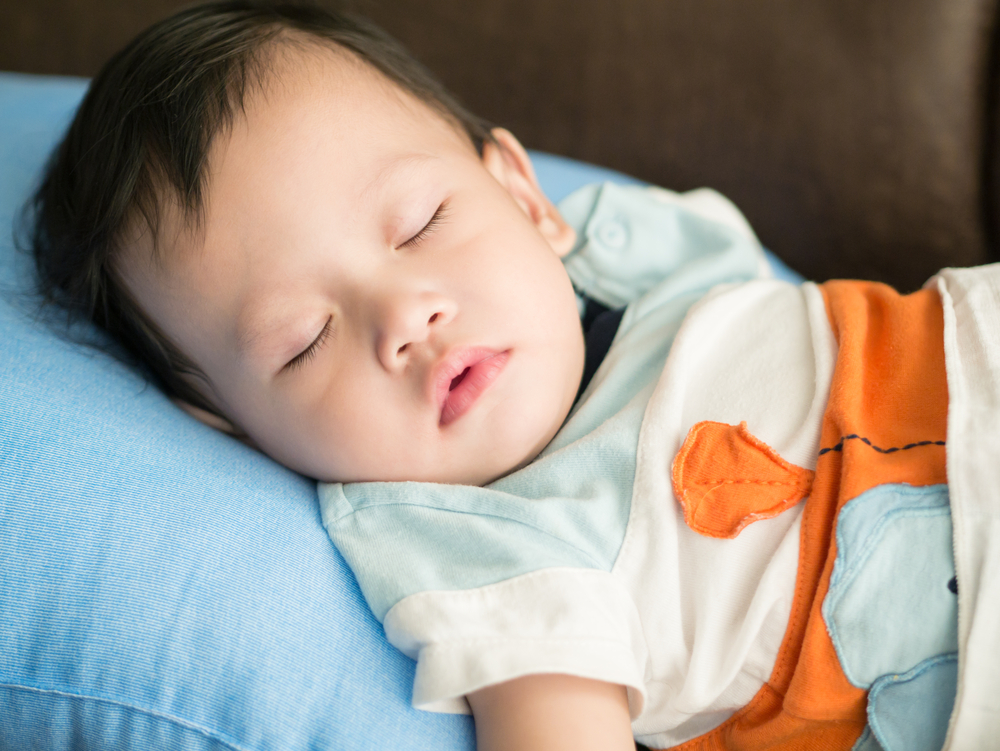Sickle Cell Treatments Can Destroy Germ Cells in Boys, Affecting Fertility in Adulthood, Study Suggests
Written by |

Some treatments for sickle cell disease or cancer can destroy germ cells that later develop into sperm, putting young boys at risk of reduced fertility in adulthood, a study suggests.
These results could lead to a change in treatment guidelines, giving healthcare providers who are treating prepubescent boys the opportunity to account for these risks before therapy begins and take action to possibly restore these patients’ fertility in the future.
The study, “Spermatogonial quantity in human prepubertal testicular tissue collected for fertility preservation prior to potentially sterilizing therapy,” was recently published in the journal Human Reproduction.
Although it had been previously established that boys who undergo chemotherapy or radiotherapy are potentially at risk of reduced fertility in adulthood, this study is the first to describe the impact of these treatments on future sperm quantity.
The research was led by Jan-Bernd Stukenborg, PhD, an associate professor at the Karolinska Institutet and University Hospital in Stockholm, Sweden.
Stukenborg’s team tested testicular tissue taken for fertility preservation between 2014 and 2017 from 32 boys who were an average of 6 years old and had cancer or a blood disorder such as sickle cell disease. These patients were starting treatments that put them at a potentially high risk of infertility before having a bone marrow transplant, including testicular irradiation, chemotherapy, or radiotherapy. Aside from cancer, sickle cell disease is the primary reason for children to require a bone marrow transplant.
Out of the 32 boys, 20 had the tissue sample taken after their initial chemotherapy treatment, and 12 had it taken before starting any treatment. The research team also included an additional 14 healthy testicular tissue samples as controls.
For each tissue sample, the researchers counted the number of germ cells, or spermatogonia — precursors to sperm cells — found in the tiny tubes in the testes where they are created. They then compared the number of spermatogonia with those found in the tissues collected from healthy boys.
Results showed that, in six patients with sickle cell disease treated with hydroxyurea, an alkalizing agent, the number of germ cells in five of the boys became completely depleted and were very low in another.
This was not seen in patients who had not started treatment, or were treated with non-alkylating agents, or in control samples.
Alkylating agents cause damage to cellular DNA. They have been used as treatment options for cancer since the 1940s and, more recently, as a therapeutic option for sickle cell patients. Hydroxyurea is an alkylating agent that improves the function of red blood cells.
Hydroxyurea reduces symptoms, but it is not a cure. To obtain long-term remission, many patients undergo a bone marrow transplant. To prepare for a transplant, the patient’s own bone marrow must be destroyed, and the immune system suppressed by radiation or chemotherapy so the body does not reject the transplant from another person.
According to the researchers, these results suggest that healthcare providers treating boys for these conditions should plan to remove and freeze testicular tissue, giving these patients the possibility of restoring their fertility when they reach adulthood.
Because prepubescent boys are normally unable to produce sperm samples that can be frozen and preserved for later in life when they might want to start a family, a potential alternate is to transplant once frozen and stored testicular tissue back into the patients after treatment is completed.
“Our findings of a dramatic decrease in germ cell numbers in boys treated with alkylating agents and in sickle cell disease patients treated with hydroxyurea, suggest that storing frozen testicular tissue from these boys should be performed before these treatments are initiated. This needs to be communicated to physicians, as well as patients and their parents or carers,” Cecilia Petersen, MD, PhD, a senior consultant in pediatric oncology at the Karolinska Institute, said in a press release.
Although freezing testicular tissue does give these patients some hope of restoring fertility in the future, ways to generate sperm from preserved immature testicular tissue are currently experimental, and there have been no reported pregnancies so far.
“… Until sperm that are able to fertilise eggs are produced from stored testicular tissue, we cannot confirm that germ cell quantity might determine the success of transplantation of the tissue in adulthood. Further research on this is needed to establish a realistic fertility preservation technique,” Petersen said.
The researchers did highlight that, for some of the patients, the disease itself may have already impacted the number of spermatogonia before any treatment was started, nothing that several of the boys who had not yet undergone chemotherapy still had low germ cells for their ages. For these patients, the option of preserving testicular tissue may not be viable.
“The first group of boys who received bone marrow transplants are now reaching their thirties. Recent data suggest they may have a high chance of their sperm production recovering, even if they received high dose alkylating therapies, so long as they had no testicular irradiation,” said co-author Kirsi Jahnukainen, MD, PhD, a senior consultant in pediatric oncology at the Children’s Hospital at the Helsinki University Central Hospital.
A limitation of the study was that the normal tissue tested did not have detailed information on the boy it was taken from regarding previous medical treatments and testicular size.





